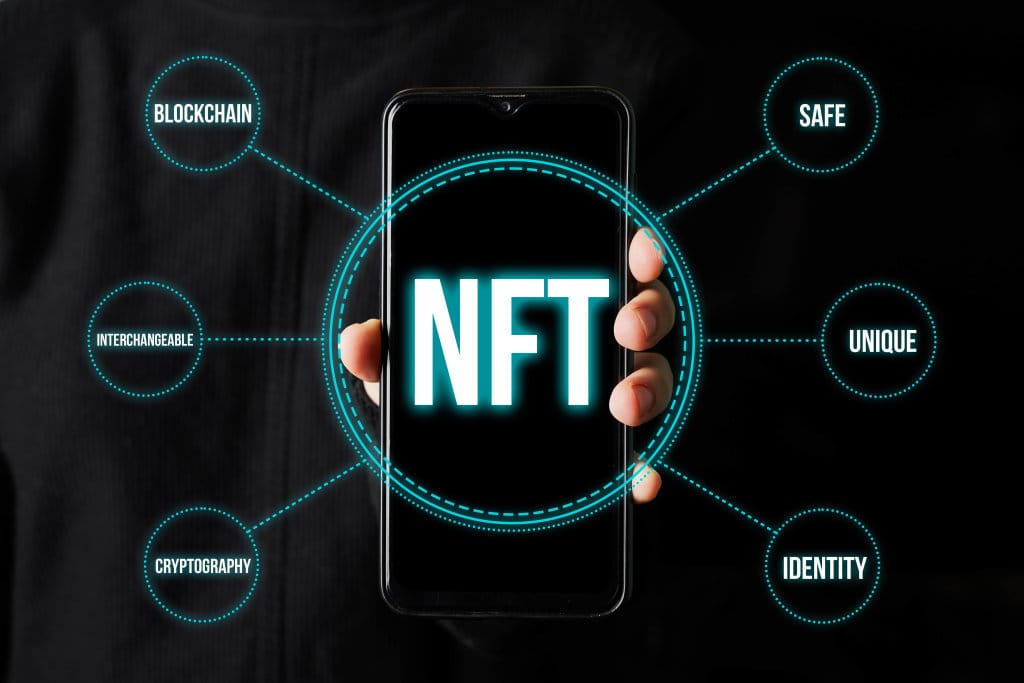Ninth Circuit Breaks New Ground: NFTs Can Now Receive Trademark Protection
A landmark federal appeals court ruling fundamentally reshapes how digital assets interact with intellectual property law, opening the door for NFT creators and collectors to secure unprecedented legal protections.
The digital asset landscape shifted dramatically this week as the U.S. Court of Appeals for the Ninth Circuit delivered a groundbreaking decision that could revolutionize how non-fungible tokens (NFTs) are protected under intellectual property law. In a ruling that legal experts are calling "watershed," the court determined that NFTs can indeed qualify for trademark protection—a decision that promises to bring much-needed clarity to the wild west of digital ownership.
The Case That Changed Everything
The precedent-setting decision emerged from Hermès International v. Rothschild, a closely watched dispute between the luxury fashion house and digital artist Mason Rothschild. Rothschild had created a collection of NFTs called "MetaBirkins"—digital renditions of Hermès' iconic Birkin handbags covered in colorful fur—which he sold for significant sums, with some pieces fetching over $40,000.
Hermès argued that these NFTs constituted trademark infringement and dilution of their famous Birkin brand. The district court initially sided with Hermès, but the case's journey through the appeals process has now established crucial legal precedent for the entire NFT ecosystem.
What This Means for Digital Asset Protection
The Ninth Circuit's ruling establishes several critical principles that will reshape how NFTs are understood legally:
Commercial Use Recognition: The court determined that NFTs can constitute "use in commerce" under the Lanham Act, the federal statute governing trademarks. This recognition is crucial because it means NFT creators can now potentially register their digital works for trademark protection, provided they meet other requirements.
Consumer Confusion Standards: The ruling clarifies that traditional trademark analysis—including tests for consumer confusion—applies equally to digital assets. This means that NFT creators must still navigate the complex landscape of existing trademarks, but they now have clearer guidelines for doing so.
Marketplace Impact: With over $25 billion in NFT trading volume recorded in 2021 alone, this decision affects a substantial and growing market. Major platforms like OpenSea, which facilitated over $14 billion in transactions last year, will likely need to adapt their policies to accommodate new trademark considerations.
Industry Reactions and Implications
The ruling has generated significant response across multiple sectors. Traditional luxury brands, which have been increasingly wary of unauthorized NFT collections using their designs, now have clearer legal pathways for protection. Conversely, digital artists and NFT creators gain legitimate recognition of their works as protectable intellectual property.
"This decision validates what many of us in the space have been arguing for years—that NFTs represent genuine commercial products deserving of intellectual property protection," said Jennifer Wang, a blockchain attorney at Morrison & Foerster who has represented several high-profile NFT cases.
The gaming industry, where NFTs have found significant application, also stands to benefit. Major gaming companies like Ubisoft and Square Enix, which have invested heavily in NFT integration, now have stronger legal frameworks for protecting their digital assets.
Challenges and Considerations Ahead
Despite this victory for NFT legitimacy, significant challenges remain. The decentralized nature of blockchain technology makes enforcement complex, and questions persist about jurisdiction in global digital marketplaces. Additionally, the ruling may lead to increased litigation as both established brands and NFT creators test the boundaries of these new protections.
The decision also raises questions about fair use and artistic expression in digital spaces. Critics worry that overly broad trademark protection could stifle creativity and parody in NFT art, echoing broader debates about intellectual property in the digital age.
Looking Forward: A New Era of Digital IP
The Ninth Circuit's ruling represents more than just a legal technicality—it's a fundamental recognition that digital assets have matured into legitimate commercial products deserving of traditional intellectual property protections. As the NFT market continues to evolve, with new applications emerging in gaming, virtual real estate, and digital identity, this legal foundation will prove increasingly valuable.
For creators, collectors, and companies operating in the NFT space, the message is clear: digital assets are now part of the established intellectual property ecosystem. This recognition brings both opportunities for protection and responsibilities for compliance, marking a pivotal moment in the intersection of technology and law.
The ruling sets the stage for more sophisticated and mature digital asset markets, where creators can invest confidently in developing valuable intellectual property, knowing their innovations can receive meaningful legal protection.
